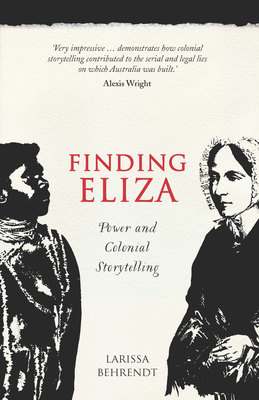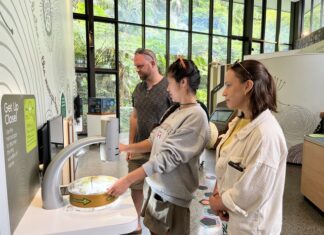By Suzanne King
WHAT really happened to Eliza on Fraser Island?
Eliza Fraser’s story is a part of iconic Australian art: Sidney Nolan painted the well-known “Mrs Fraser” and the Cooroy Butter Factory Arts Centre featured a remarkable exhibition in 2014 with paintings by Judith Laws depicting Eliza as an ordinary woman who survived extraordinary circumstances.
Author and lawyer Larissa Behrendt explores this story in her 2016 study of the colonial narrative entitled: Finding Eliza: Power and Colonial Storytelling.
While admitting that “it is impossible to know all the facts about Eliza Fraser’s circumstances”, Behrendt explains the reasons why Eliza and her rescuers may have fabricated much of the story, telling lies for personal gain which supported “white man’s” stereotypical views of aboriginal residents.
Behrendt shows Eliza as a product of her day and then goes on to explore other colonial tales and the white man myths that perpetuated them.
She invites her readers to reassess works like Daniel Defoe’s Robinson Crusoe, Joseph Conrad’s Heart of Darkness and Australian pastoralist Mary Durack’s Kings in Grass Castles which all reflect prevailing colonialist views of those times.
A touch of embellishment can enhance a story but Eliza’s chronicle has been “tweaked” so much as to be unrecognisable from the facts as known by her real rescuers, the Butchulla women of Fraser Island. Finding Eliza: Power and Colonial Storytelling is fascinating reading. You can find it at the Noosaville Library.







